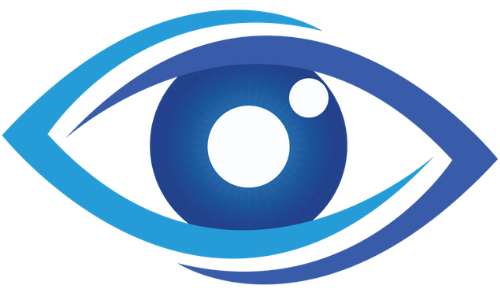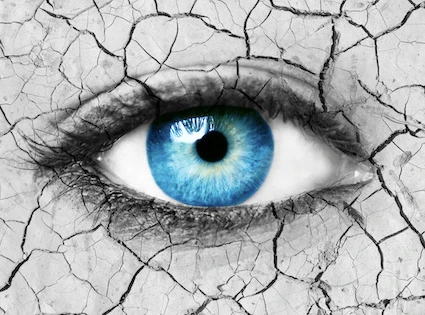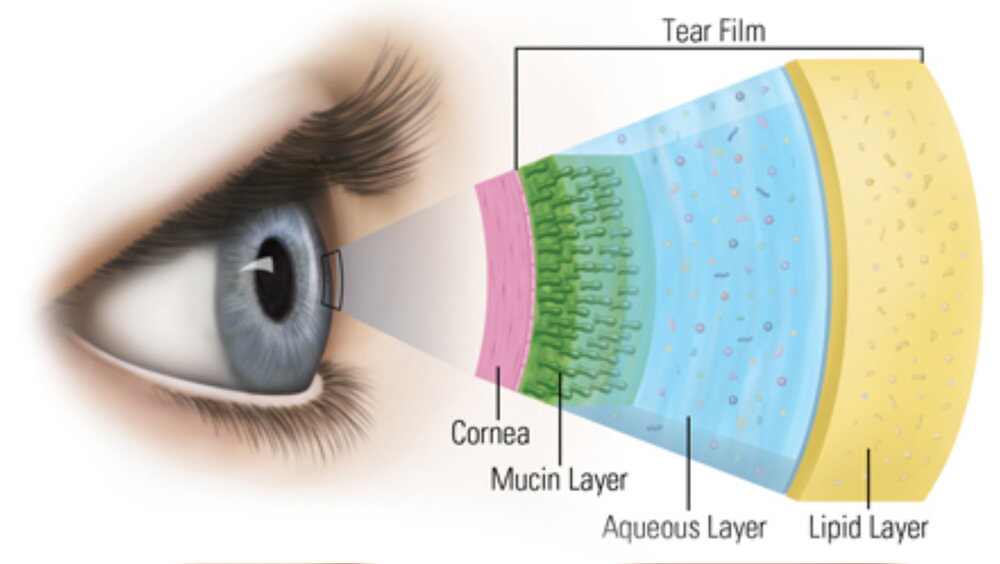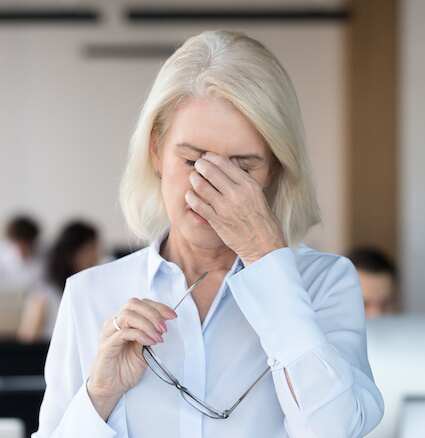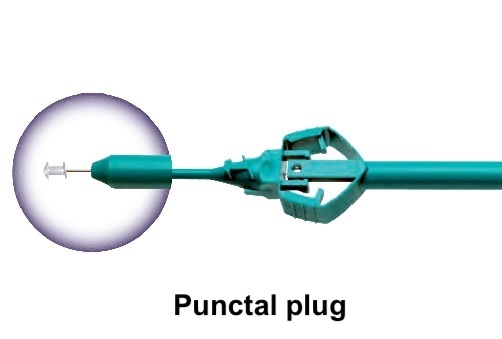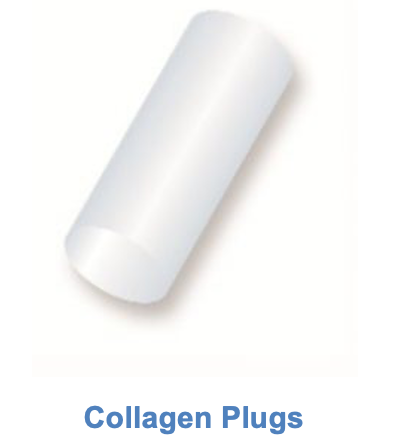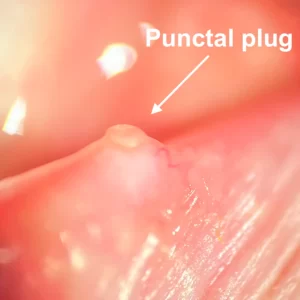Dry eye (also known as Dry Eye Disease or Dry Eye Syndrome) is a very common eye condition affecting people of all ages. People with dry eyes either do not make enough (lubricating) tears or their tear film is of poor quality, causing the tears to dry up too quickly and the front of the eye to become dry and irritated.
Dry Eye
What is Dry Eye?
Symptoms
People with dry eyes may develop a wide range of symptoms that may vary from mild to severe.
- Feel your eyes are gritty or sore or uncomfortable.
- Feel your eyes are itchy or burning
- Blurred vision.
- Feeling there is a foreign body in your eyes
- Watery eyes. One of the most prevalent reasons for watery eyes is dry eye syndrome. The poor quality of the tear film or imbalance of the tear film layers in dry eyes will cause the eye glands to produce more tears to lubricate the eye, which continues the cycle.
Causes
Dry eye can be caused or aggravated by multiple factors, including:
- Ageing
- Environmental conditions such as air conditioning in cars or offices
- Increased computer work or mobile phones or tablets leads to reduced blinking (often called Computer vision syndrome)
- Contact lens wear
- Hormonal changes
- Poor diet
- Dehydration
- Previous eye surgeries, such as LASIK surgery
- Prolonged use of some medications as anti-histamines
- Some medical conditions are associated with dry eyes, such as Sjögren’s syndrome. Fortunately, this is rare.
Dry Eye Treatment
Dry eye tends to be a chronic condition, meaning that your symptoms may reoccur or worsen over time. Dry eyes can have a significant impact on your quality of life, affecting daily activities such as reading, computer work, or driving.
1-Lubricating drops
The main treatment for dry eyes is lubricating drops. There are many types of lubricating drops or gels. Most of these drops can be bought over the counter. It is important to use the correct type of drops. The wrong drops are unlikely to cause any harm, but they won’t help as much.
Preservative-free drops are preferred for dry eyes, as the preservatives in the eye drops can cause eye irritation or discomfort.
If your drops are not working or you are not sure which drops to use, you can ask Mr Ellabban for advice.
2-Regular eyelid hygiene
Eyelid care is recommended for all dry eye patients as this will help to relieve the discomfort.
Some conditions, such as Blepharitis (inflammation of the eyelid) or meibomian gland dysfunction (MGD) can make your dry eye symptoms worse. These conditions should be treated as well.
3-Punctal Plugs
Punctal plugs are tiny silicone or collagen cylinders (about 1-2 mm) that are inserted into the tear duct (called puncta) of the eyelid. Puncta are the tiny openings that drain tears from your eyes down into the nasolacrimal duct.
The plug stops fluid from draining from the eye. So, the tears can remain on the eye surface for a longer period of time. This can help treat your dry eyes if you do not respond to lubricant drops.
Are punctal plugs for you?
If you suffer from dry eyes and your symptoms did not respond to artificial tears, punctal plugs can be an option for you.
If you have any queries about punctal plugs, contact Mr Ellabban to assess you and advise if punctal plugs can help in your case.
